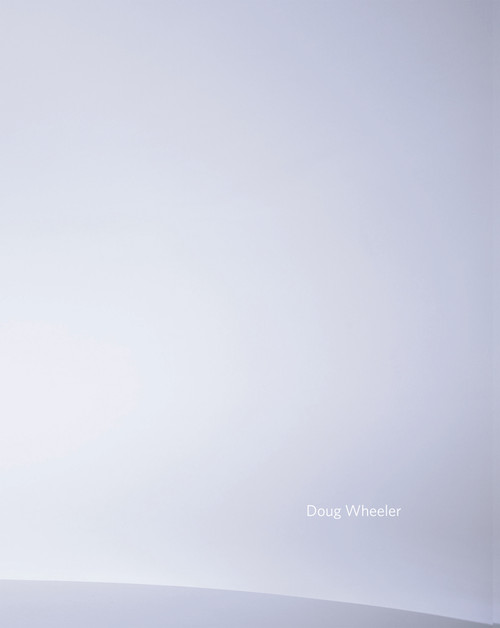The remarkable creativity of protean American painter Doug Argue is brought vividly to life in this book: words and images explore, explain and contextualize Argueª¡s trajectory from art-school rebel to celebrated, much-exhibited artist on a global stage.
With a colossal curiosity and tireless dedication to his solitary studio practice, Argue stands as a thinker-painter admired by a growing circle of curators and collectors. His work has been shown in museums and galleries from New York (where three large paintings are on permanent view at One World Trade Center) to Sydney and from Vienna to Venice. His often giant canvases shed virtuosic light on Argueª¡s ongoing fascinations ª¢ with history, color, perspective, literature, language, music, science and technology. Inspired by such everyday subjects as chickens, leaves, books, dead buffaloes and floating letters, Argue may explore a single theme in multiple paintings over the course of many years, always pushing for new meanings.
Minnesota-born Argueª¡s wildly expressionist early figurative paintings of hospital morgues, pool sharks, strippers and fervid landscapes earned him a solo show at contemporary Walker Art Center while he was still in his early 20s. The ªsheer vitalityª of those 1980s works are recalled in an essay by former Walker curator Elizabeth Armstrong, who also traces how Argueª¡s early passions evolved to inform his most recent work.
In an ambitious suite of 2018 works based on masterworks by Picasso, Mondrian, Warhol and others, Argue ªchallenged our thinking about Modernist aesthetics and its legacy,ª says writer and museum director Charles Riley. His essay digs deeply into a single Argue painting inspired by Fernand Lû?ger, finding in it engrossing connections to string theory, linguistics, musical counterpoint and the poetry of Arthur Rimbaud.
Scholar and writer Mary Frank uncovers the powerful influence of Italy, especially the 16th-century Venetian masters Tintoretto and Titian, on Argueª¡s art and ideas. Argue has traveled widely in Italy and spent a year there as a fellow of the American Academy in Rome. Frank insightfully explores a cycle of large-scale Venice-inspired abstractions that Argue exhibited in that city during the 2015 Biennale.
With a colossal curiosity and tireless dedication to his solitary studio practice, Argue stands as a thinker-painter admired by a growing circle of curators and collectors. His work has been shown in museums and galleries from New York (where three large paintings are on permanent view at One World Trade Center) to Sydney and from Vienna to Venice. His often giant canvases shed virtuosic light on Argueª¡s ongoing fascinations ª¢ with history, color, perspective, literature, language, music, science and technology. Inspired by such everyday subjects as chickens, leaves, books, dead buffaloes and floating letters, Argue may explore a single theme in multiple paintings over the course of many years, always pushing for new meanings.
Minnesota-born Argueª¡s wildly expressionist early figurative paintings of hospital morgues, pool sharks, strippers and fervid landscapes earned him a solo show at contemporary Walker Art Center while he was still in his early 20s. The ªsheer vitalityª of those 1980s works are recalled in an essay by former Walker curator Elizabeth Armstrong, who also traces how Argueª¡s early passions evolved to inform his most recent work.
In an ambitious suite of 2018 works based on masterworks by Picasso, Mondrian, Warhol and others, Argue ªchallenged our thinking about Modernist aesthetics and its legacy,ª says writer and museum director Charles Riley. His essay digs deeply into a single Argue painting inspired by Fernand Lû?ger, finding in it engrossing connections to string theory, linguistics, musical counterpoint and the poetry of Arthur Rimbaud.
Scholar and writer Mary Frank uncovers the powerful influence of Italy, especially the 16th-century Venetian masters Tintoretto and Titian, on Argueª¡s art and ideas. Argue has traveled widely in Italy and spent a year there as a fellow of the American Academy in Rome. Frank insightfully explores a cycle of large-scale Venice-inspired abstractions that Argue exhibited in that city during the 2015 Biennale.







